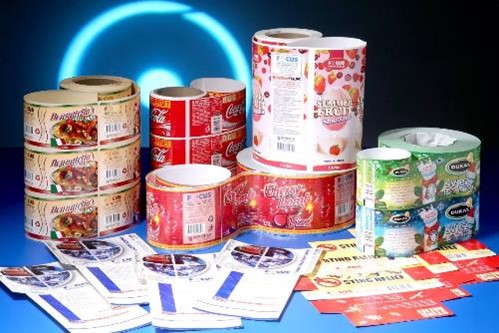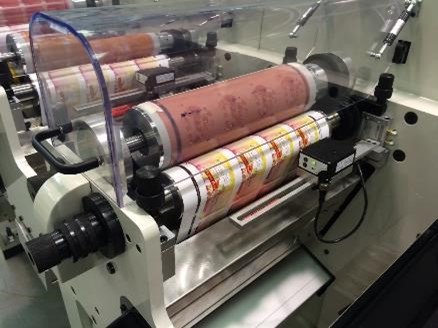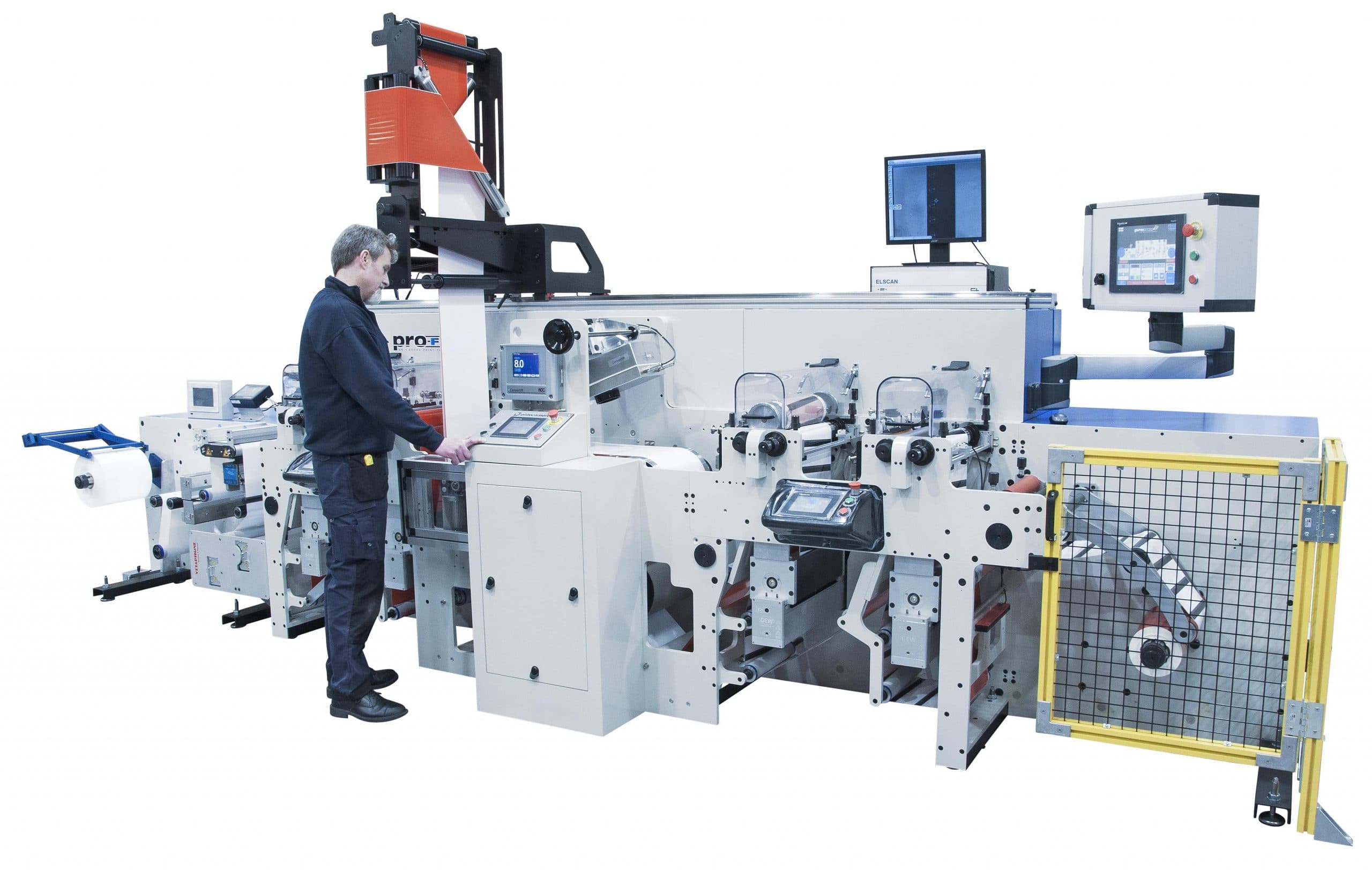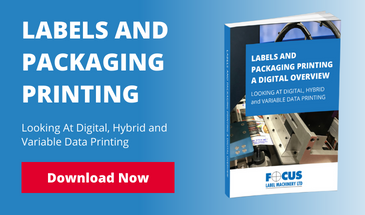Not sure which ink to use for your flexo printing application? In this article, we talk you through the pros and cons of three of the most popular and useful types of flexo printing ink.
Flexography 101: The Flexo Printing Process Explained
Flexographic printing, also known as flexo, is a versatile and widely used technique for creating high-quality printed materials. Particularly popular in the packaging and label sector due to its efficiency and ability to produce vibrant, detailed prints, flexographic printing delivers consistent and reliable results and is the go-to printing method for many companies in a variety of industries.
Different Printing Methods That Are Used in the Production of Flexible Packaging
Flexible packaging plays a crucial role in many industries but, to meet the unique needs of various applications, different printing methods are used in its production. The choice depends on factors such as print quality, production speed, and substrate compatibility, as well as the target consumer audience and their preferences.
Make Your Production Sustainable With Flexographic Printing
As the sixth largest producer of printing products in the world, the UK is in a prime position to enhance sustainability in the industry, and positive progress has already been made towards achieving Net Zero.
4 Advantages Of Choosing Flexographic Printing for Tickets
Despite the popularity of e-tickets, printed tickets still play a prominent role in our society. From sports fixtures and musical theatre to public transport and prize raffles, high-quality printed tickets remain in demand.
4 Of The Most Popular Products To Print With A Narrow Web Flexo Printing System
Narrow web flexo printing is a cost-effective and reliable solution for mid-large volume print runs. Operating with webs that, typically, are between 10” and 16” wide, narrow web flexo printing works well with UV-curable inks which dry quickly, thereby eliminating the need for additional drying equipment, and delivering a lower ink cost per square metre without compromising on image quality.












